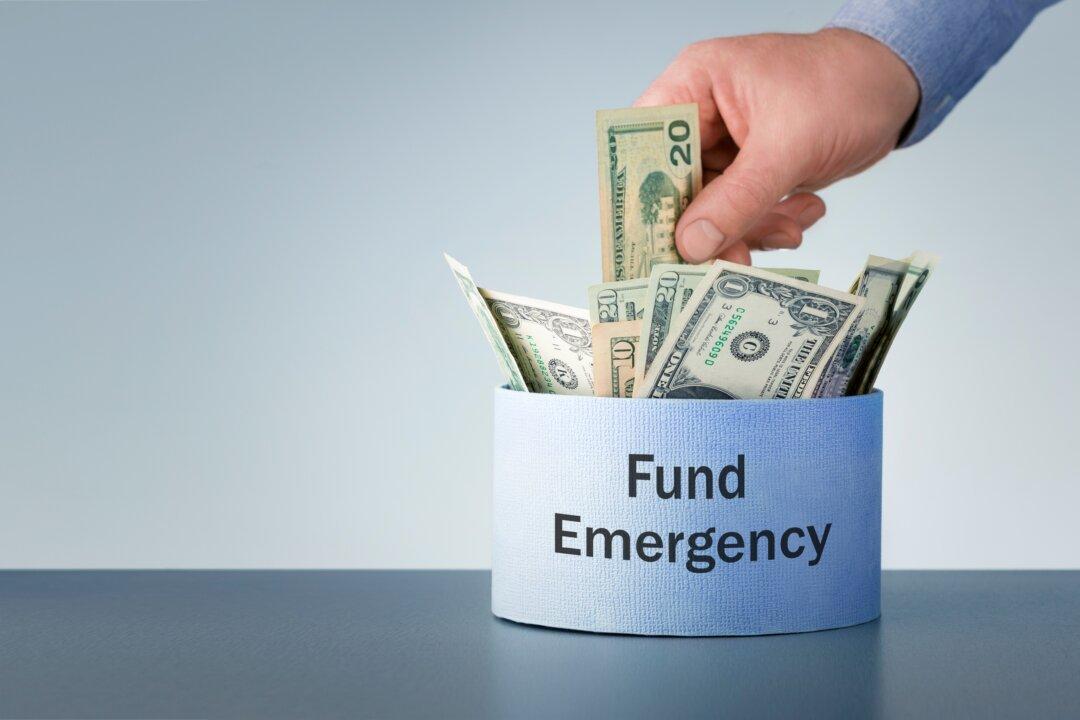The first half of 2022 has not been great. Inflation has hit a 40-year high, experts are predicting a recession, and buying a home doesn’t appear to be getting less expensive any time soon. Naturally, people are preparing for the worst, and many consider the country to be sitting on the precipice of a recession.
When preparing for potentially dire conditions, the topic of emergency funds and how much they should contain inevitably becomes a popular topic.





